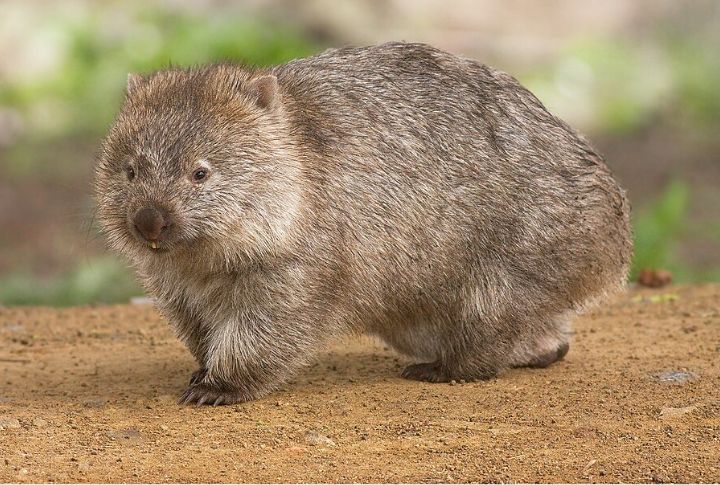
Who needs life hacks when you’ve got facts that do absolutely nothing—except make you weirdly proud to know them? These little nuggets won’t pay your bills or fix your Wi-Fi, but they will impress your trivia-night crew. Curious? Let’s dig into the delightfully pointless stuff.
Scotland’s National Animal Is A Unicorn
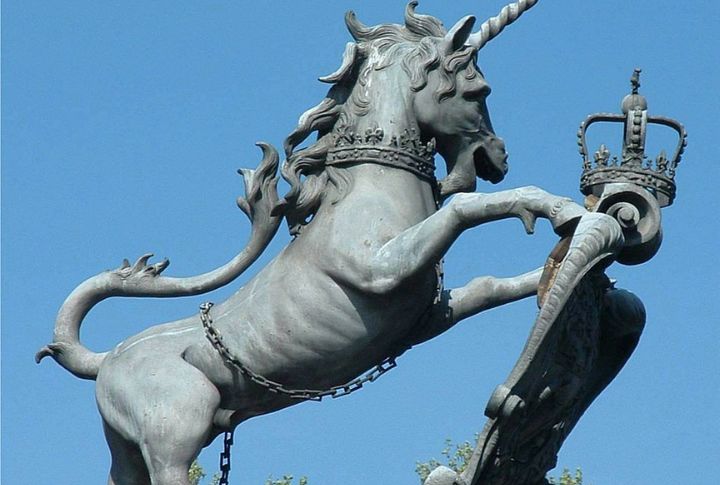
Few expect a fantasy creature to represent an entire nation. Yet in Scotland, the unicorn has served as the official symbol since the 12th century, signifying purity and strength. Today, it even appears on royal coats of arms, locked in an eternal struggle with a chained lion.
A Day On Venus Is Longer Than Its Year

Astronomers once believed Venus spun similarly to Earth—until radar mapping proved otherwise. The planet rotates every 243 Earth days, while orbiting the sun in just 225. Such an unusual cycle means you’d celebrate your birthday before experiencing a sunset if you ever lived there.
Octopuses Have Three Hearts And Blue Blood
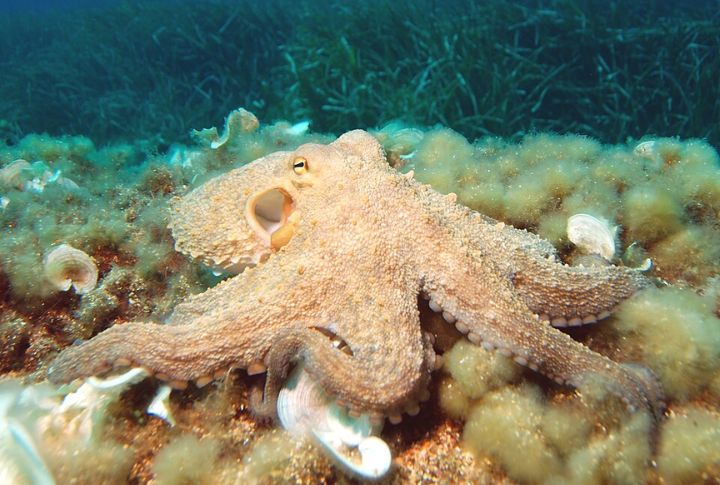
How many hearts does it take to survive deep-sea life? For octopuses, the answer is three. Two pumps blood to the gills, while the third circulates it to the body. Their blue blood, rich in hemocyanin, enhances oxygen transport in chilly, low-oxygen underwater conditions.
The Word “Almost” Is One of The Longest English Word In Alphabetical Order
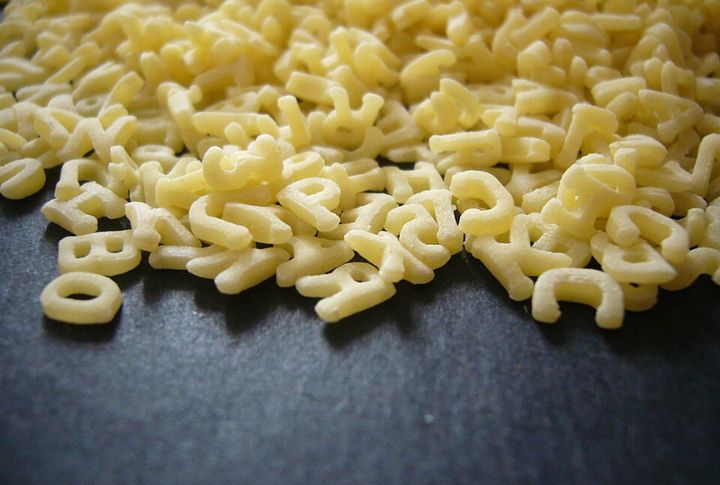
Alphabet lovers have a favorite six-letter curiosity: “almost.” Each of its letters—A, L, M, O, S, T—appears in strict alphabetical sequence. That quirk makes it the longest English word to follow that exact pattern. No application, just sheer linguistic symmetry that makes brains tingle.
Wombat Poop Is Cube-Shaped
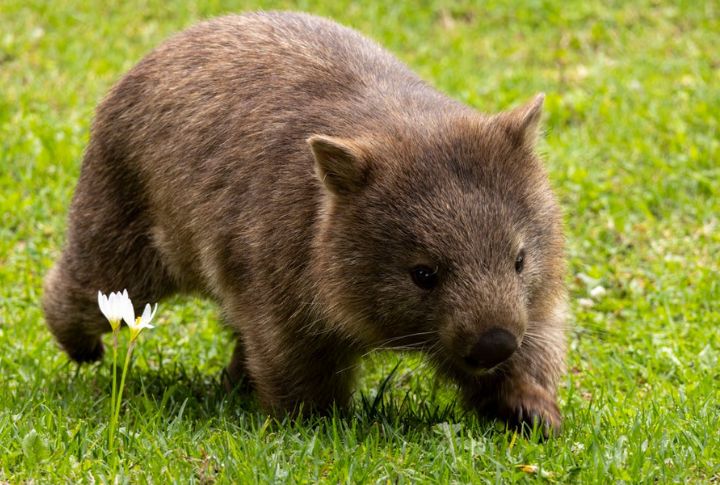
Rounded droppings wouldn’t serve wombats well. Instead, their unique digestive system compresses feces into distinct cubes, which stack neatly to mark territory. Researchers publishing in Soft Matter traced this bizarre shape to varied intestinal elasticity. The result? A biological brick that doubles as a wild communication tool.
The Dot Over The Letter “i” Is Called A Tittle

Language hides gems in plain sight. The tiny dot above “i” and “j” is known as a tittle—a term rooted in Latin. Historically used in scripture, it emphasized completeness down to the smallest detail. Every time you write an “i,” you’re adding a tittle without noticing.
A Group of Flamingos Is Called A “Flamboyance”
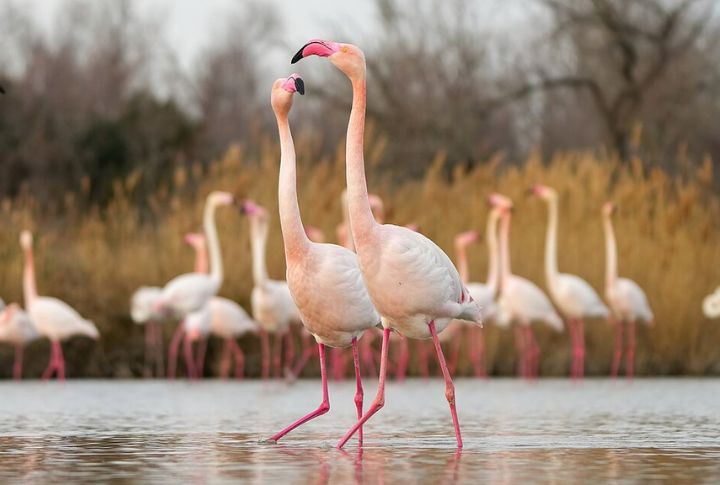
Vibrant pink feathers and synchronized strutting—flamingos command attention. Collectively, they’re not a flock but a flamboyance. The term reflects both their appearance and behavior. Zoologists and bird lovers alike embrace the playful phrasing, proving that even avian terminology knows how to turn up the drama.
The Eiffel Tower Can Grow Over Six Inches Taller In Summer

Iron expands under heat, and Paris’s iconic tower is no exception. During hot months, the Eiffel Tower can stretch upward by more than six inches. Engineers accounted for this seasonal shift in their original design. Few tourists ever realize they’re visiting a slightly different tower each season.
It’s Physically Impossible To Hum While Holding Your Nose

Do you think you can outsmart anatomy? Humming depends on airflow through the nasal passages—pinching your nose blocks that route completely. Try it, and the sound vanishes. Singers often use this fact to explain resonance, but for most people, it’s just a quick trick that proves unexpectedly frustrating.
Peanuts Are Not Actually Nuts
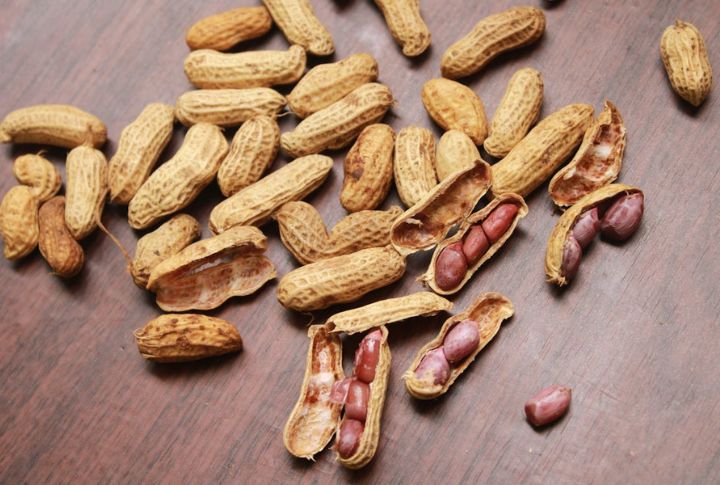
Despite the name and snack aisle placement, peanuts grow underground, while belonging to the legume family. True nuts like acorns or hazelnuts come from trees and develop differently. The peanut’s biology aligns more closely with beans and lentils than with anything you’d crack open at Christmas.
You Can Hear Rhubarb Grow

In dark sheds used for “forcing” rhubarb, stalks stretch so quickly that they emit faint pops and creaks. British farmers in the Rhubarb Triangle harvest in near-silence to avoid disturbing the growth. No, the plants aren’t screaming like Mandrakes from “Harry Potter”—but they’re definitely making a bit of a fuss.
The Shortest War In History Lasted Only 38 Minutes
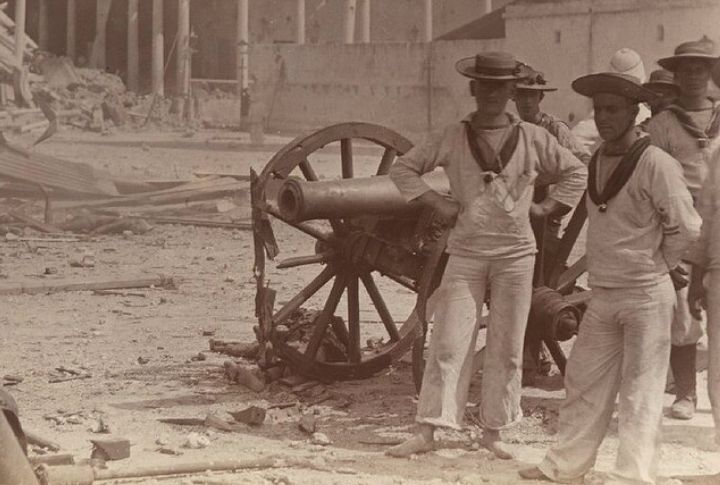
When Sultan Khalid refused to step down in 1896, Britain responded with cannon fire. The Anglo-Zanzibar War ended in just 38 minutes, making it the shortest recorded war. Over 500 Zanzibaris were injured or killed, while British forces sustained a single minor casualty.
Sloths Have A Greater Ability To Hold Their Breath Than Dolphins
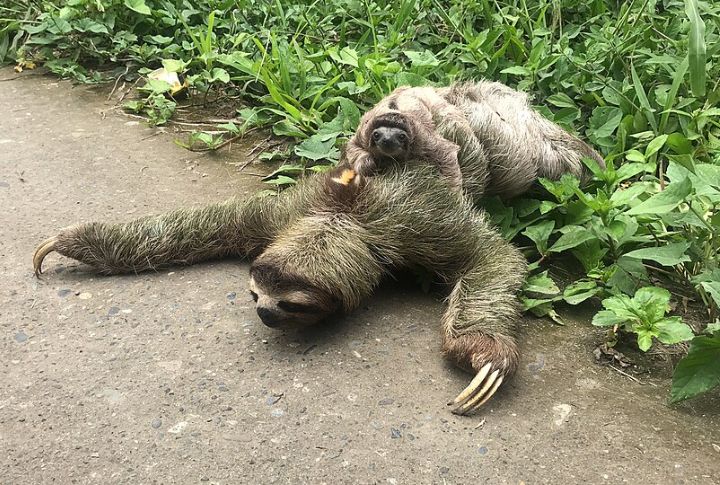
Turns out slow and steady also wins underwater. Sloths can cease their breathing for up to 40 minutes by slowing their heart rate. Dolphins, often considered breath-holding champions, usually manage around 10–15 minutes. Evolution built sloths for stealth, not speed—even in water.
Cows Have Best Buddies And Get Stressed When Separated
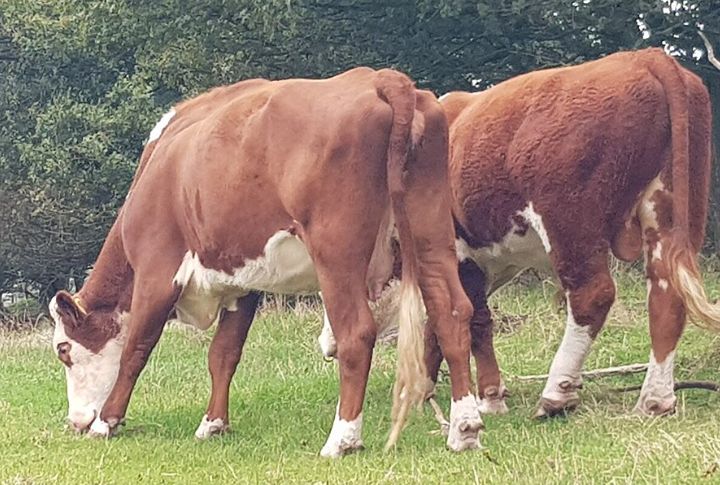
Bovine friendship is real and measurable. Researchers found that cows pair up with preferred partners and exhibit signs of distress when separated. Higher heart rates, louder vocalizations, and nervous pacing are common. Understanding these relationships helps farmers reduce stress and improve herd health and milk production.
A Jiffy Is An Actual Unit Of Time

In physics and computing, “jiffy” is measurable, not just playful slang. Physicists define it as the time light takes to travel one centimeter in a vacuum. In computing, it’s about 10 milliseconds. So next time someone says “Back in a jiffy,” they’re technically promising a pretty swift return.
Sea Cucumbers Fight With Their Guts
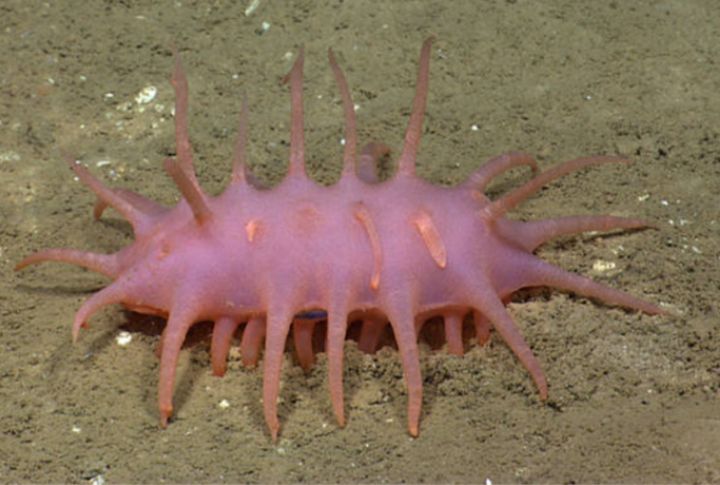
Predators beware—sea cucumbers defend themselves by expelling toxic, sticky entrails. This bizarre mechanism not only distracts attackers but can trap them. Weeks later, they regenerate their organs. Scientists still marvel at this natural defense strategy, which seems equal parts brave and a bit bizarre.
Clouds Weigh More Than A Million Pounds On Average

That fluffy mass overhead isn’t as light as it seems. A typical cumulus cloud carries around 1.1 million pounds of water droplets, according to meteorological data. Thanks to their dispersion over vast areas and support from updrafts, they float effortlessly, despite weighing more than a loaded cargo plane.
Butterflies Taste With Their Feet
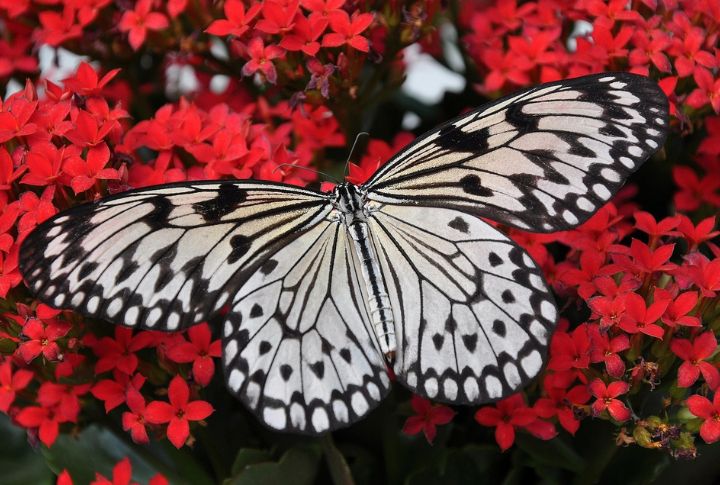
Landing on a leaf isn’t just about rest. Butterflies use sensory receptors in their feet to taste surfaces—an essential feature when choosing where to lay eggs. Their offspring need the right plant to survive. So yes, butterflies quite literally put their best foot forward when dining.
A Shrimp’s Heart Is In Its Head
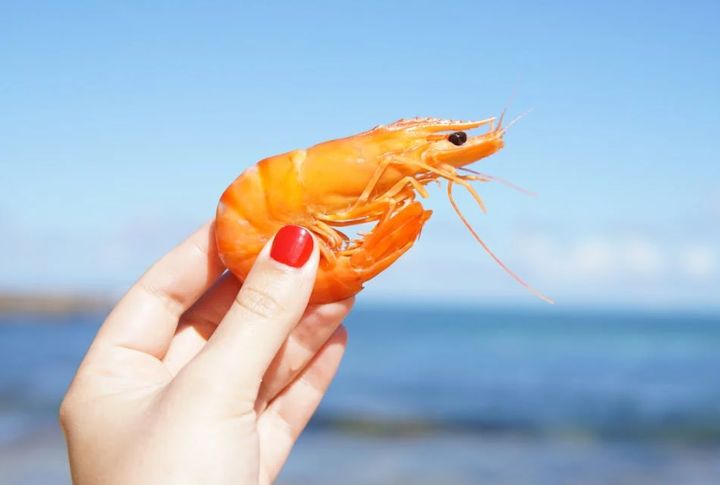
Shrimp anatomy flips expectations. Instead of a central chest cavity, their heart rests just behind the brain, inside the head. This odd arrangement supports their open circulatory system. For these crustaceans, decisions and circulation happen unusually close together, though probably not for the reasons you’d expect.
There Are More Fake Flamingos In The World Than Real Ones
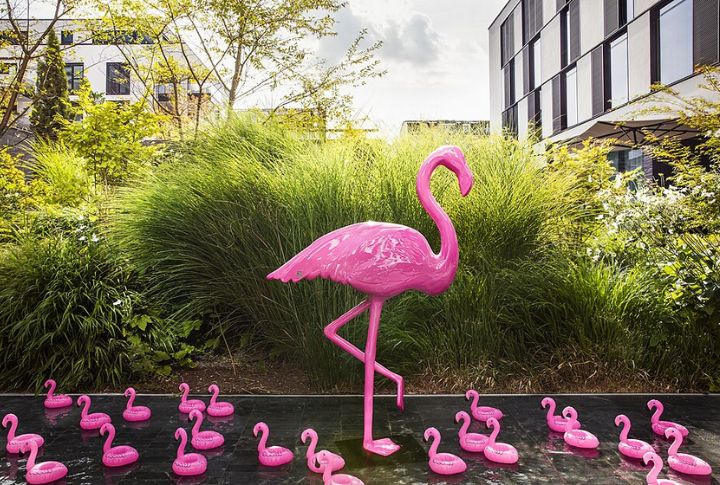
Plastic flamingos have flooded lawns since 1957, when Don Featherstone designed the first. Today, millions more fake versions exist than real birds, whose global population is roughly 2.5 million. The kitschy icon has outpaced nature, making it the rare bird whose replica outnumbers the original.

